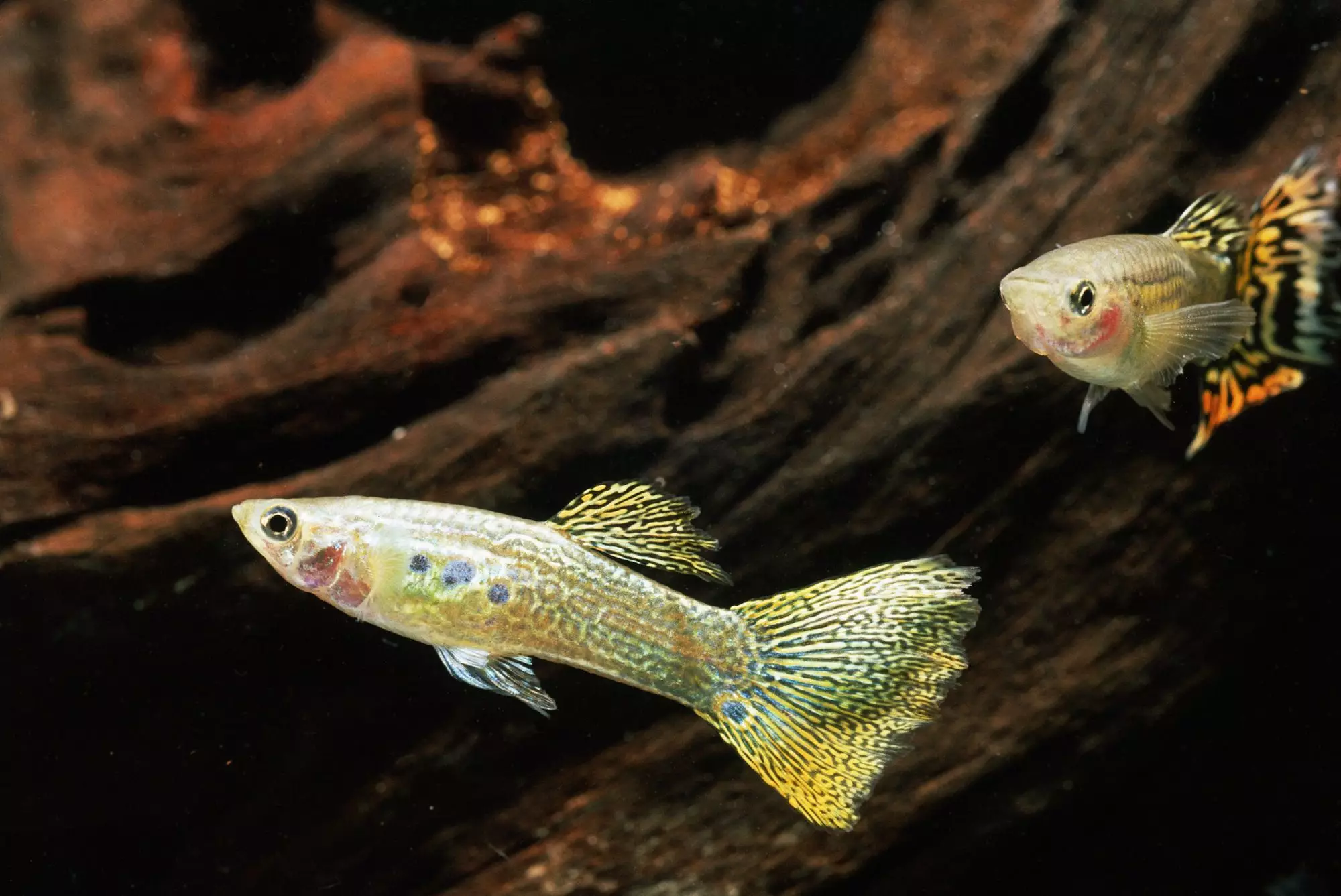When it comes to maintaining a thriving aquarium, the quality of water plays an integral role in the health and well-being of its inhabitants. For many aquarists, dealing with hard water can be a source of frustration. However, before diving headfirst into drastic measures to alter the water quality, it’s essential to understand not only the concepts of water hardness but also the specific needs of the fish you intend to keep.
Water hardness generally refers to the concentration of dissolved minerals, specifically calcium and magnesium, found in your aquarium’s water. This attribute is categorized into two main measurements: General Hardness (GH) and Carbonate Hardness (KH). GH assesses the levels of calcium and magnesium, while KH determines the concentration of carbonate and bicarbonate ions, which are crucial for stabilizing pH levels. Understanding these parameters is vital as they can significantly impact the health of your aquatic life.
Water hardness can be gauged using degrees of hardness (dH) or parts per million (ppm). Water deemed soft typically falls in the range of 0 to 6 dH or 0 to 100 ppm, while moderately hard water ranges between 6 to 25 dH or 101 to 449 ppm. Water categorized as very hard starts at 30 dH, equating to 450 ppm or higher. Thus, knowing your local tap water’s hardness is essential, even before acquiring your fish.
It may be easy to assume that certain fish require soft water conditions, particularly those originating from tropical regions. However, this assumption can misguide aquarium owners. The majority of commercially bred fish available at pet stores have been raised in conditions that often resemble hard alkaline water, rather than their wild counterparts’ native environments. This significant factor shifts the narrative; rather than worrying excessively about softening the water, aquarists should consider whether their chosen fish species can thrive in the existing hardness.
In reality, many popular freshwater fish are resilient and adaptable, able to adjust to their surroundings, including hard water conditions. Species such as livebearers—like Guppies, Mollies, and Swordtails—African cichlids, and even brackish fish like Monos and Scats present excellent options for aquarists with hard water.
While many fish can adapt to varying hardness levels, there may be times when adjusting the water chemistry becomes necessary, especially for species that thrive in soft water conditions. Fortunately, there are several methods available for aquarists to soften the water effectively:
1. Water-Softening Pillows: These additives can be placed in filter systems to gradually and effectively soften the water.
2. Peat Moss: Adding peat moss to the filtration system or the substrate can help lower pH and soften water naturally.
3. Driftwood: Similar to peat, driftwood releases tannins into the water, which can also help to soften and lower the pH.
For aquarists facing the opposite challenge, seeking to harden already soft water, natural elements can aid in achieving the desired effect. Options include:
1. Crushed Coral or Oyster Shell: When slowly dissolved in the aquarium, they can incrementally raise both hardness and pH levels.
2. Limestone: This allows for the gradual release of calcium into the water.
3. Buffer Additives: Commercial water conditioning products can make corrections to hardness as necessary.
Even before making a decision about softening or hardening the water, it’s paramount to research the specific needs of the fish you wish to keep. A visit to your local pet shop can provide valuable information about the hardness and pH levels in their tanks. Interestingly, you may discover that many stores maintain soft water fish in tanks with higher hardness levels, simply because these species are bred and raised under those conditions.
Hard water doesn’t always have to be an obstacle in aquarium care. By equipping yourself with knowledge about water parameters and purchasing resilient fish species, you may find that the challenges presented by hard water are far less daunting than they initially appear. Embracing the adaptability of fish and the resources available for controlling water chemistry can lead to a happier and healthier aquarium environment.


Leave a Reply